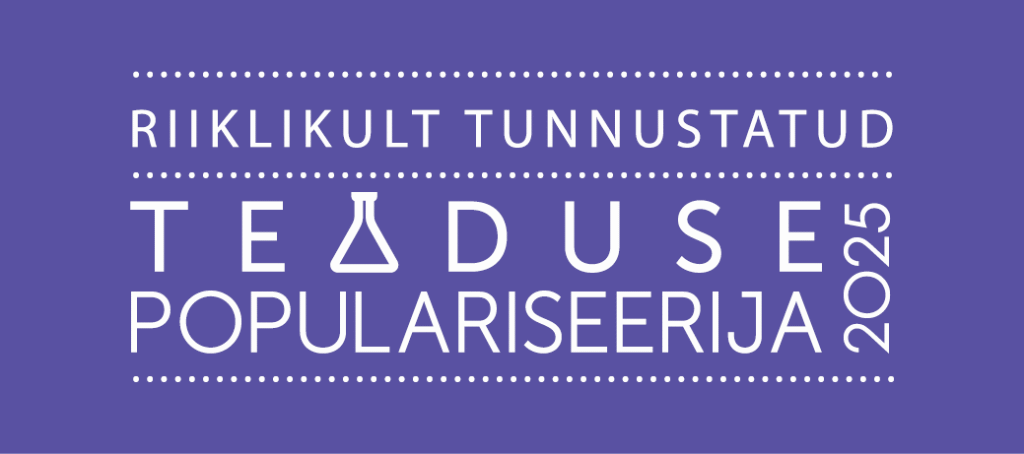This episode of the video series “Measured World”, dedicated to the 150th anniversary of the Metre Convention, takes a closer look at electrical energy and its measurement. Aigar Vaigu, physicist and member of the management board at Metrosert, explains how electrical energy is measured and why accuracy in measurement is essential in our everyday lives and in industry.
In daily life, we use the word “electricity” to indicate the electrical energy coming from a socket, often without considering its complexity. Yet our way of life depends on the availability and quality of electrical energy — from the reliability of household appliances to the smooth functioning of complex industrial processes.
As we remember from school lessons, voltage and current are the key factors in electricity: when there is a potential difference — voltage — between two points, and a resistor or load is placed between them, charge carriers flow through it with a certain strength. The relationship between these quantities is described by Ohm’s Law: if resistance remains the same, then when voltage decreases, current also decreases.
Historically, glowing red lightbulbs reminded us that the electricity supply was insufficient. Today, with the diversity of energy sources and the widespread use of renewable energy, in addition to closely monitoring grid frequency, there is an increased need to measure reactive power in order to avoid overloads and ensure both the stable operation of devices and the functioning of the power grid.
Accurate measurements are important not only in household meters, which ensure fair electricity bills, but also in industry, where they help prevent production downtime and quality issues. All of this is based on international standards and the principles of metrology, which make measurements comparable across national borders.
In Estonia, Metrosert plays the central role in this field, maintaining and developing the national standards of voltage and resistance. These standards form the basis for ensuring that electrical measurements are accurate, reliable, and in line with global requirements.
The video series Measured World, dedicated to the 150th anniversary of the Metre Convention, introduces SI units, various measurement fields, and future perspectives on precise measurements. The series features metrologists and scientists who explain how accurate measurements contribute to our daily lives and the development of the world. Watch other episodes.

The series received second prize in the 2025 Science Popularization Awards in the category “Popularization of Science and Technology through Audiovisual and Electronic Media.”
